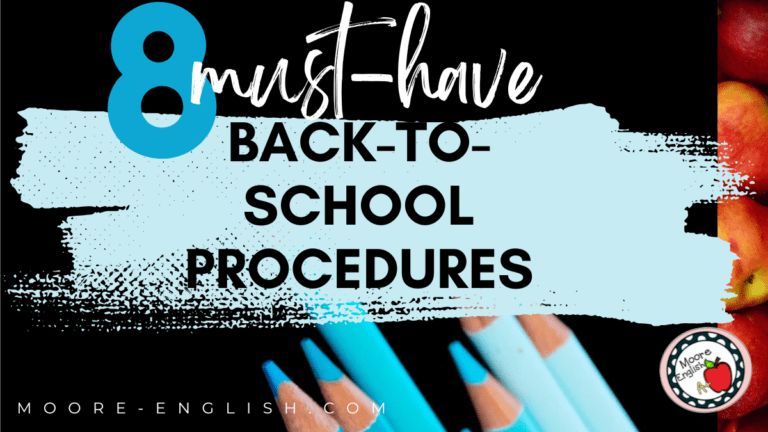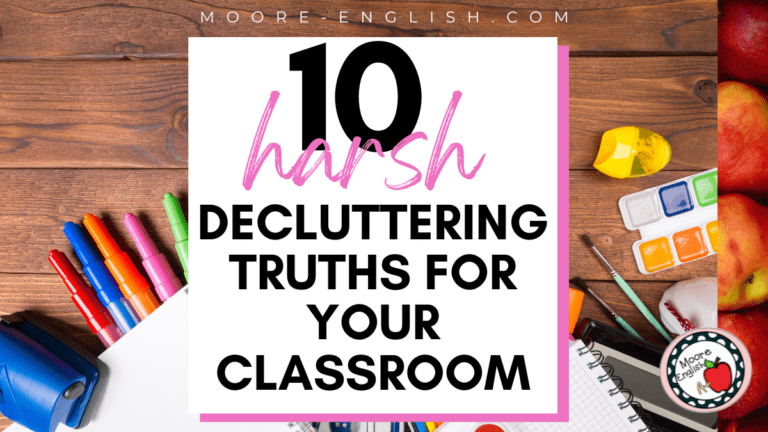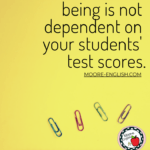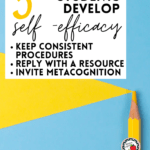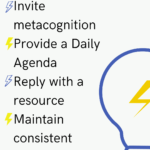As the new year begins, I am on a mission to help my students develop self-efficacy. According to the American Psychological Association, self-efficacy is “an individual’s belief in his or her capacity” and relates to “control over one’s own motivation, behavior, and social environment.”
In the classroom, this means students understand how to manage their own goals, deadlines, and needs. A high degree of self-efficacy doesn’t mean students magically, automatically know the content. Self-efficacy isn’t a lightbulb. Instead, self-efficacy is the string students pull to turn on the light. In other words, students may not know the content, but they know where to find the resources that will help them achieve understanding.
This post this post may contain affiliate links. Please read the Terms of Use.
Why Self-Efficacy Matters
In designing quality instruction and meaningful educational experiences, teachers have a lot to juggle: social-emotional learning, trauma-informed instruction, learning targets, essential questions, state standards, team and department expectations, Bloom’s levels, Maslow’s hierarchy of needs, Depth of Knowledge. The list is endless. So why should you add one more thing to that overflowing plate?
Because self-efficacy will help students in all the areas listed above. Students with higher degrees of self-efficacy are better equipped to handle and respond to trauma and their social-emotional needs. A higher degree of self-efficacy positions students to meet and exceed the benchmarks in state standards and learning targets. Finally, a higher degree of self-efficacy prepares students to climb up Maslow’s hierarchy and up Bloom’s taxonomy.
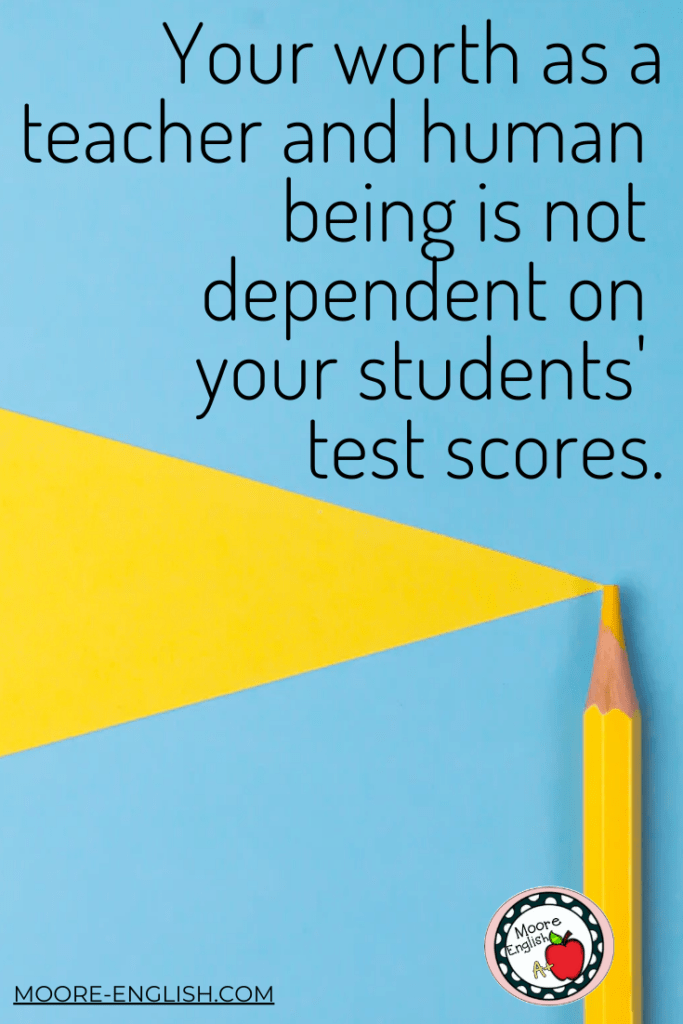
Inviting Self-Efficacy in the Classroom
Procedures are the key to inviting self-efficacy into your classroom. A set of consistent expectations is essential to helping students develop self-efficacy. In addition to the 5 Procedures Every Classroom Needs, here are procedures that emphasize self-efficacy.
Organization Builds Self-Efficacy
Daily Agendas: As part of distance learning, I have used Daily Agenda slides religiously. My students practice finding the Daily Agenda slides. Throughout each lesson, we reference the Daily Agenda. When students are absent, the Daily Agenda slides are their first stop. Ultimately, class begins and ends with the Daily Agenda. I tried some of the cute Daily Agendas I found online, but I have found that simpler is better. Here’s a free copy of my Very Basic Daily Agenda Slides look like.

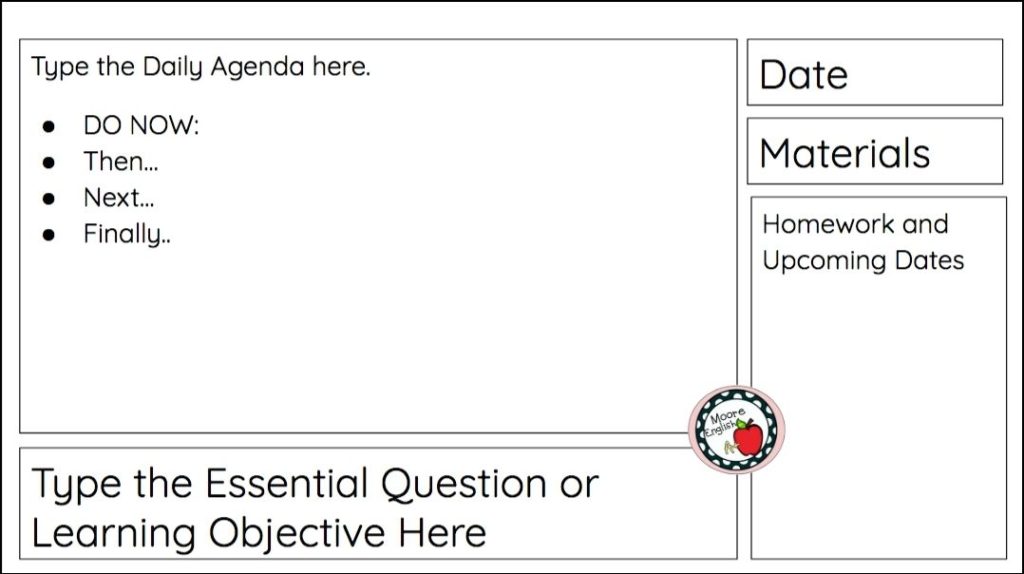
Keeping Procedures Consistent
Location Matters: Classroom procedures are most effective when they are consistent. For this reason, location matters. To help students develop self-efficacy, keep resources in stable locations. For me, this means keeping the pencil sharpener and hand sanitizer in the same spot each day. Similarly, this means having a consistent organization for digital content (Google Classroom is so helpful with this). At the beginning of the year, I introduce these systems. At the start of each unit, we review where to find digital content. This kind of consistency empowers students.
Reply with a Resource: Once your Daily Agendas and classroom procedures are in place, it’s important to use them with fidelity. In part, this means training yourself to answer most student questions with a resource rather than with an answer. For example, when students ask how to format their Works Cited page, I direct them to a video lesson (or to this checklist) rather than stopping to provide the answer. Similarly, when students ask about absent work, I point them toward the Daily Agenda rather than providing a re-cap. It took me a lot of time to train myself to respond with a resource, but this practice saves time and helps students take control of their own needs.
Invite Metacognition: As the American Psychological Association tells us, self-efficacy is a self-evaluation. What do I need? And how can I meet that need? Or where do I need to go in order to meet that need? In order to help students think through their own needs, it’s important to invite metacognitive thinking into the classroom. Read about my favorite ways for Maximizing Metacognition in the classroom. In this process, students can also provide feedback about how classroom procedures are working or not working. This freebie also helps students provide unit feedback.
Teacher Benefits
It goes without saying that anything that benefits students benefits teachers. However, it’s also worth listing a few other ways increased student self-efficacy can benefit you.
- First, increasing student self-efficacy allows teachers to release some control. Think of increasing student self-efficacy as the ultimate classroom management strategy. This is key to sustainable teaching!
- Secondly, increasing student self-efficacy provides room for failure. While failing hurts, failure can also be constructive. A classroom that emphasizes metacognition and self-efficacy provides room for students to take academic and intellectual risks without fear.
- Finally, increasing student self-efficacy helps teachers decouple their self-worth from student success. Your worth as a teacher and human being is not dependent on your student’s academic achievement. Empowering students does not dis-empower you but does allow you to focus more on facilitating academic discourse rather than policing behavior. When teachers stop seeing their worth in terms of students’ test scores, they have the opportunity to end teacher martyrdom and keep a healthy perspective.


Photos by Dstudio Bcn, Tamanna Rumee, and noslifactory on Unsplash




